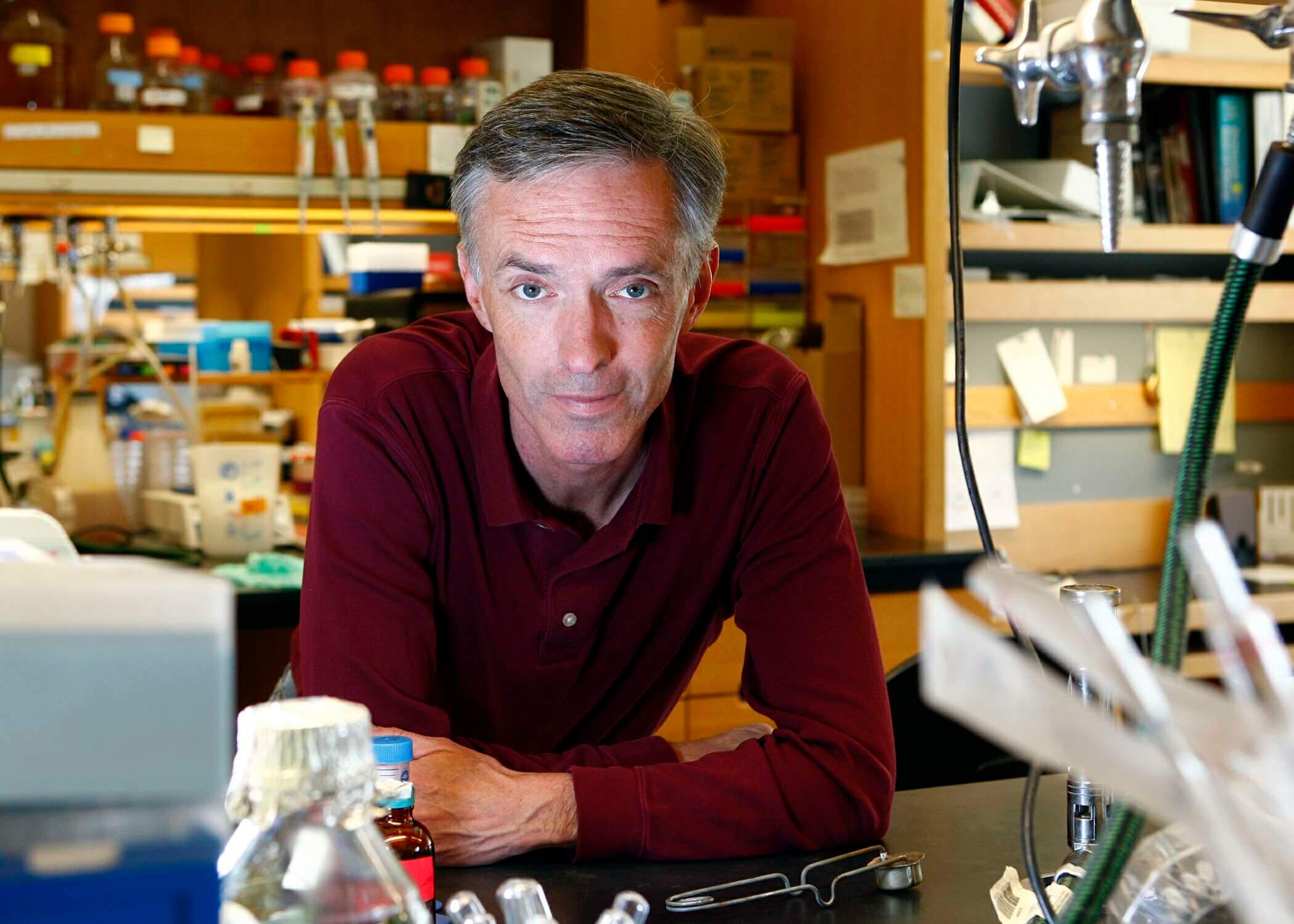12. Dezember 2017
3 Min. Lesezeit
Q&A with Prof. James Collins on His Portable, Low-Cost Zika Diagnostic
Dr. James Collins at MIT discusses his team’s recent invention of a rapid and inexpensive field-based diagnostic test for the Zika virus.

We recently caught up with Dr. James Collins, Termeer Professor of Medical Engineering & Science and Professor in the Department of Biological Engineering at Massachusetts Institute of Technology to discuss his team’s recent invention of a rapid and inexpensive field-based diagnostic test for the Zika virus using synthetic biology tools.
Twist Bioscience: Can you start off by explaining why the development of this new test to detect Zika is important?
Dr. James Collins: A number of diagnostic options are currently available for Zika, but each suffers from key limitations. Traditional serological assays that detect the presence of Zika antibodies in patient’s blood are problematic because of cross-reactivity with closely related viruses. This means that sequence-based schemes are most suitable for detection. Unfortunately, these schemes require technical equipment and specialized skills, essentially limiting them to larger urban areas. Our diagnostic strategy enables this critical sequence-based detection in a format that is portable, inexpensive, and easy to use—even in the field.
TB: What are the main advantages of your technology over otherdiagnostic tests?
JC: Our test generates a rapid diagnosis in under an hour at a low cost between $0,10 and $1,00 per test. Our assay is based on freeze-dried components so it has a shelf life of up to a year. It can be easily deployed in the field and in low-resource areas. Our paper-based diagnostic can reliably discriminate between Zika and Dengue infections. After a positive Zika diagnosis, a CRISPR-based module can also provide genotyping information about the specific strains present in the patient, for example African versus American strains. Since our test relies on a simple color-change assay, an untrained eye can easily evaluate if Zika is present in a biological sample. If precise testing is needed, we also provide schematics for an inexpensive portable open-source electronic reader to provide additional information and improve diagnostic capabilities.
TB: What challenges remain before the test can be used routinely in the field?
JC: The test is still a proof-of-concept demonstration. With the resources for product development, our enhanced biomolecular diagnostic approach could be used in clinic or laboratory settings that have the capability to incubate reactions at 37°C – 41°C. We imagine doctors could use our portable Zika diagnostic as a method for initial screening of patients around the world who are potentially infected. The rapid and affordable nature of our diagnostic allows for timely results and the opportunity to re-test patients across the proposed incubation period of the virus. We hope that our approach can be put to use. In order to do so, the next step would be to transition our diagnostic to the product development phase, followed by scaling up manufacturing and distribution. In a parallel effort, we are starting to develop a portable device capable of the 37°C – 41°C incubations, which would further enable widespread distribution and use of the test.
TB: How do you think your test and other related synthetic biology technologies will be used in the future?
JC: Our platform is programmable and as such can be applied to different pathogens as they emerge. The short time to development means that our approach could be applied to other outbreaks such as the recent health crises related to Ebola, MERS, influenza, and SARS. Its low cost and minimal equipment requirements also mean that it can be used for monitoring the spread of illnesses across large populations of people, enabling us to monitor the pathogen as an outbreak is occurring. NGOs like the World Health Organization can use this information to get ahead of an outbreak in order to contain it and save lives. The low cost of the system could also enable diagnostics to be built for orphan-diseases, seasonal changes in pathogen strains like influenza, and applications beyond health care—industry, food safety, environmental monitoring, and national security applications come to mind.
Twist Bioscience would like to thank Dr. James Collins for taking the time to answer our questions. We are looking forward to seeing where this exciting work will go in the future.
Click here to read about the details of the Zika test developed by Dr. Collins and his collaborators.
Was denken Sie?
Gefällt mir
Gefällt mir nicht
Gefällt mir sehr
Überraschend
Interessant
Nächsten Beitrag lesen
Blog abonnieren und die neuesten Informationen erhalten
